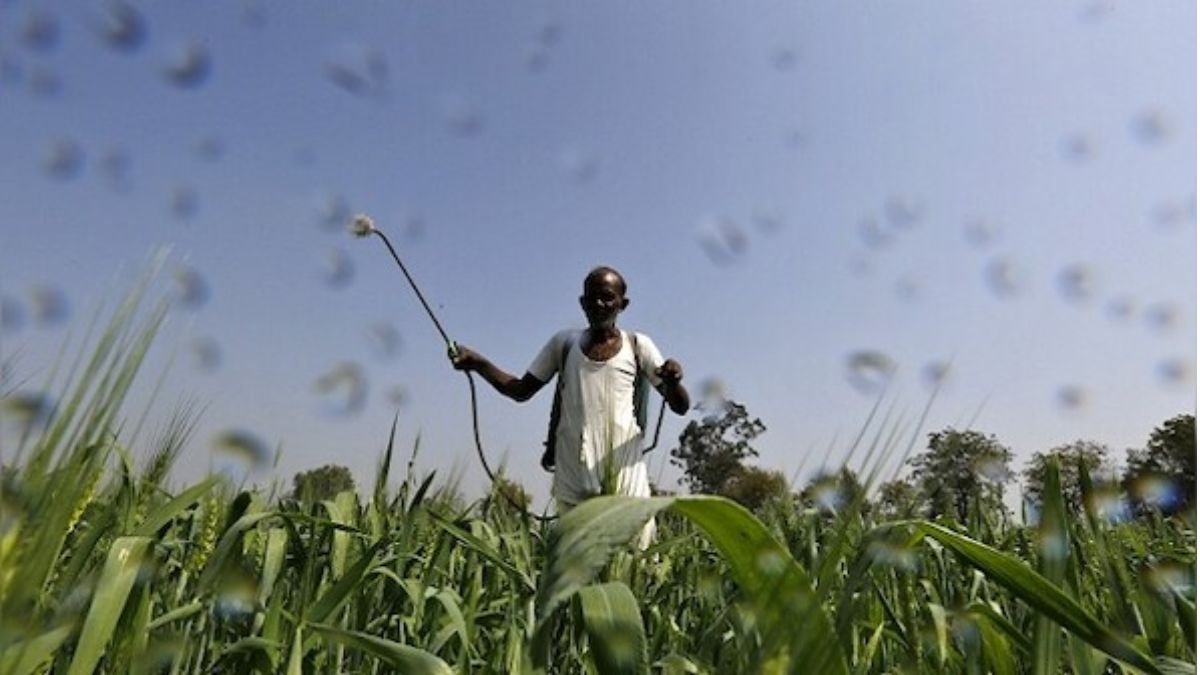As the Union Finance Minister Nirmala Sitharaman is all set to present her eighth budget on February 1, experts and industry leaders called for comprehensive reforms to address longstanding challenges in agriculture and ensure sustainable practices.
The agriculture industry is hopeful that the government will announce measures in the Union Budget 2025 to boost rural infrastructure, strengthen crop insurance and introduce incentives for key crops to boost farmers’ incomes.
Rajesh Aggarwal, Managing Director of Insecticides (India) Ltd, highlights the importance of agri-tech innovation and rural infrastructure. He stressed the need to incentivise eco-friendly research and expand farmers’ access to crop protection solutions and digital tools which could improve yields and ensure food security.
Maninder Singh Nayyar, CEO and Founder of CEF Group calls for a transition to natural and sustainable farming practices. He proposes policies to encourage organic farming, support urban agriculture and offer education and training for farmers.
Nayyar also advocated for allocating dedicated budgetary resources for farmers’ education and skilling will be pivotal in equipping them with the knowledge and tools necessary for sustainable agriculture. “Building smart villages—rather than focusing solely on smart cities—can foster a more inclusive rural development model, integrating technology, sustainability and a strong sense of community,” said Mr Nayyar.
“This budget has the potential to serve as a turning point in aligning India’s agricultural practices with long-term sustainability goals, while also nurturing rural ecosystems that contribute to the nation’s broader growth and prosperity," he said.
Impact Shorts
More ShortsDr. Arpita Mukherjee, Professor at ICRIER said that the forthcoming budget may focus on linking agriculture to nutrition and food fortification to address micronutrient deficiencies.
“Subsidies may be given to reduce the cost of laboratory testing and certification for small and marginal farmers, FPOs and MSME manufacturers. Subsidies may be linked to healthy food production. It is important to streamline the subsidies for agriculture inputs, focusing on quality,” she said.
Dr. Mukherjee further said that the GST rates for processed food are one of the highest in the world and are not aligned with the objective of “nutrition security”. Healthier products like low-sugar and/or zero-sugar beverages should have lower GST while unhealthy products can have high GST. “Taxes and subsidies can be used to reduce the salt content in processed food, where India has committed to the WHO to reduce the sodium intake by 30% by 2025 to reach less than 5 gm salt per day but recent studies show that the intake is higher than 10 gm/day,” she added.
S.K. Chaudhary, Chairman of Safex Chemicals draws attention to the financial disparity between farmers and consumers, suggesting the establishment of a board for farm produce under a National Cooperative Policy. He also stresses the need to increase agricultural R&D investment to at least 1% of the agricultural GDP, up from the current less than 0.5% as this would boost crop productivity.
“On the financial front, the annual PM-KISAN installment could be doubled to ₹12,000 from the current ₹6,000. Small and marginal farmers could also be offered free crop insurance under the Pradhan Mantri Fasal Bima Yojana. The government should rationalise GST rates on pesticides, seeds, fertilisers and farm equipment, bringing all four into the same slab. Also, tax incentives could be introduced for biofuel investments, creating demand for ethanol and boosting returns for farmers,” he said.
Ramakrishnan M, Managing Director of Primus Partners calls for enhanced support for climate-resilient agriculture, digital infrastructure through Agristack, and increased investment in fisheries and aquaculture under the Pradhan Mantri Matsya Sampada Yojana.
During a virtual review meeting ahead of the budget, Agriculture Minister Shivaraj Singh Chouhan, announced the government’s six-point strategy to strengthen the farm sector. This includes boosting per-hectare production through ICAR-led research and introducing new seed varieties.
The government’s strategy focuses on reducing production costs, promoting micro-irrigation, advancing farm mechanisation, adopting new technologies, and implementing innovative agricultural methods.
Progress has also been highlighted in flagship schemes such as PM-KISAN, Pradhan Mantri Fasal Bima Yojana, the DAP fertiliser subsidy, the Kisan Credit Card initiative, and Pradhan Mantri Annadata Aay Sanrakshan Abhiyan (PMAASA).
For 2024-25, the government allocated ₹65,529 crore to agricultural schemes, excluding PM-KISAN. Since 2019-20, the agriculture budget has grown at a CAGR of 5.4%, with non-PM-KISAN spending increasing by 6.5% annually.
Chandan Prakash is a Chief Sub-Editor with Firstpost. He writes on politics, international affairs, business and economy. He can be contacted at Chandan.Prakash@nw18.com
)